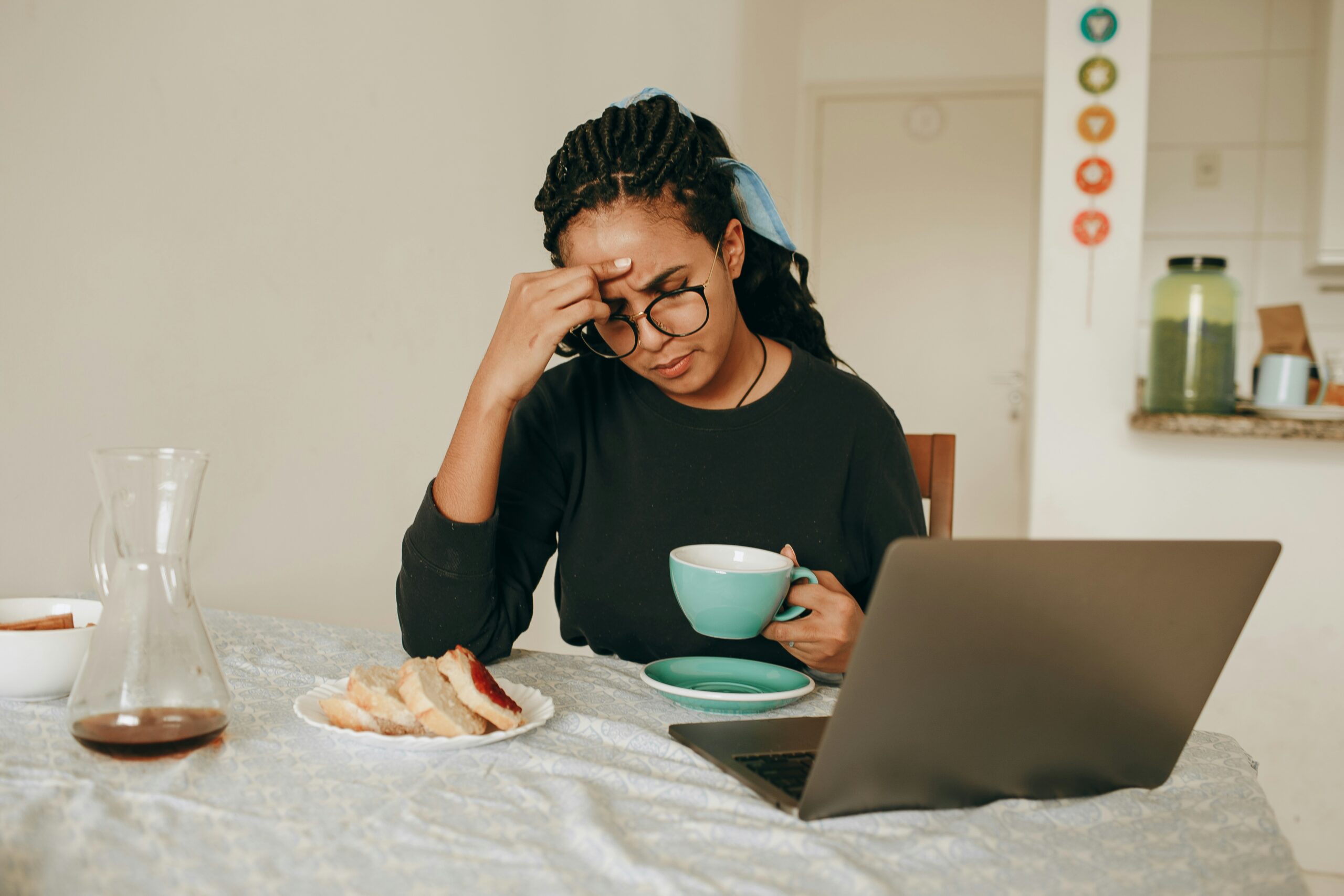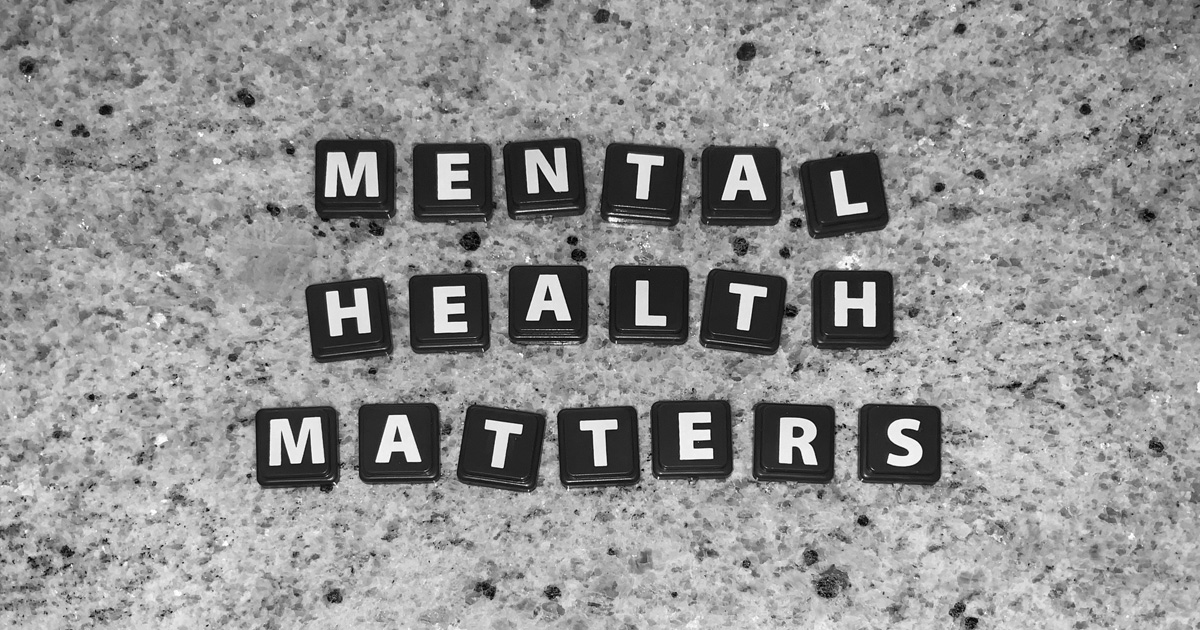
Sweet Dreams Are Made of Sweet Cherries and Timing Your Activities
The benefits of sweet cherries and sleep schedules
FUEL: Tart cherry juice and whole sweet cherries
According to agricultural research studies, sweet cherries are one of the only natural food sources of melatonin, the chemical that controls the body’s internal clock to regulate sleep. During the ten months of the year when cherries are out of season, dried cherries and cherry juice (especially tart cherry juice, which contains less sugar) are good substitutes.
Researchers who’ve studied the melatonin content of cherries recommend eating them an hour before bedtime.
REST: Maintaining a regular sleep schedule
Some people feel pride or resilience in their ability to function well without sleep. We can see this reflected in phrases like “I’ll sleep when I’m dead” or “You snooze, you lose.” More recently, however, sleep has emerged in research and culture as an essential component of a healthy lifestyle.
No matter what, you won’t feel your best if an inconsistent sleep schedule has thrown off your internal clock. In fact, an irregular sleep schedule can cause irritability, drowsiness, mood swings, concentration and memory problems, headaches, and a decline in cognitive skills. If you want to try just one sleep routine change that will make a difference in meeting your goals, and you want to keep your phone in bed, books, music, and TV on nearby…it can still be done.
All those items are distractions but if you can’t give them up in the bedroom try simply sticking to the same bedtime. This means setting the time and then preparing for bed, teeth brushed, device scrolled, and TV watched all before this set time. Your head is on your pillow and your eyes are closed. Being diligent about your bedtime is an important habit to establish for overall health.
MOVE: The best time of day to exercise
Not a morning person? Research shows people actually tend to perform best at exercise (especially high-intensity exercise) later in the day. Strength and flexibility are greatest in the late afternoon, and perceived exertion (meaning how hard you feel that your body is working) is lowest. Scientists attribute these effects to our circadian rhythm, the body’s 24-hour clock, which causes body temperature to rise slightly throughout the day and peak in the late afternoon.
DETOX: Digestion and your day
MORNING:
Feeding your hunger as soon as you wake up can help kickstart the process of eating earlier, as well as letting your circadian rhythm know that it’s time to start the day. The types of food you eat still make a big difference, with some foods ranging between 40 minutes and 5 hours to digest.
AFTERNOON:
We may be our busiest mid-day, but quickly eaten and partly-chewed food is more difficult for the stomach and the gut to break down. Eating a meal in less than 20 minutes – even drive-thru food – makes your intestines work harder, which may cause discomfort and bloating that slows your day.
EVENING:
Eat your larger meals earlier in the day and have a smaller dinner at night at least three hours before bedtime. This gives your digestive system a chance to work more efficiently while leaving plenty of time for repair and rejuvenation that only happens while you sleep.
From Your Wellness Team: Change habits to block blue light
Do you watch television before bed? Do you check your phone at night? Sunlight is not the only source of blue light. Blue light is also emitted from technology. Although we need blue light during the day, when exposed to blue light in the evenings, it halts the production of the sleep-inducing hormone called melatonin and will make you feel more alert. In other words, blue light exposure at night can prevent you from getting a good night’s sleep!
- Here are a few things you can do to limit blue light exposure in the evenings:
- Limit devices after dinner
- Keep devices out of the bedroom
Change your display settings to “night shift”. Night shift changes the device’s light from blue to red after a specific time.
Blue light blocking glasses block the blue light from reaching the retina of the eye.
At Valley Schools, we are committed to your health. Our WellStyles wellness team is here for our members to make sure that you have the essential information you need to make the right health decisions for your body. Read more of our monthly newsletters by visiting our newsletter page.
Contact us today to learn more about how we can support your health and wellness goals!



